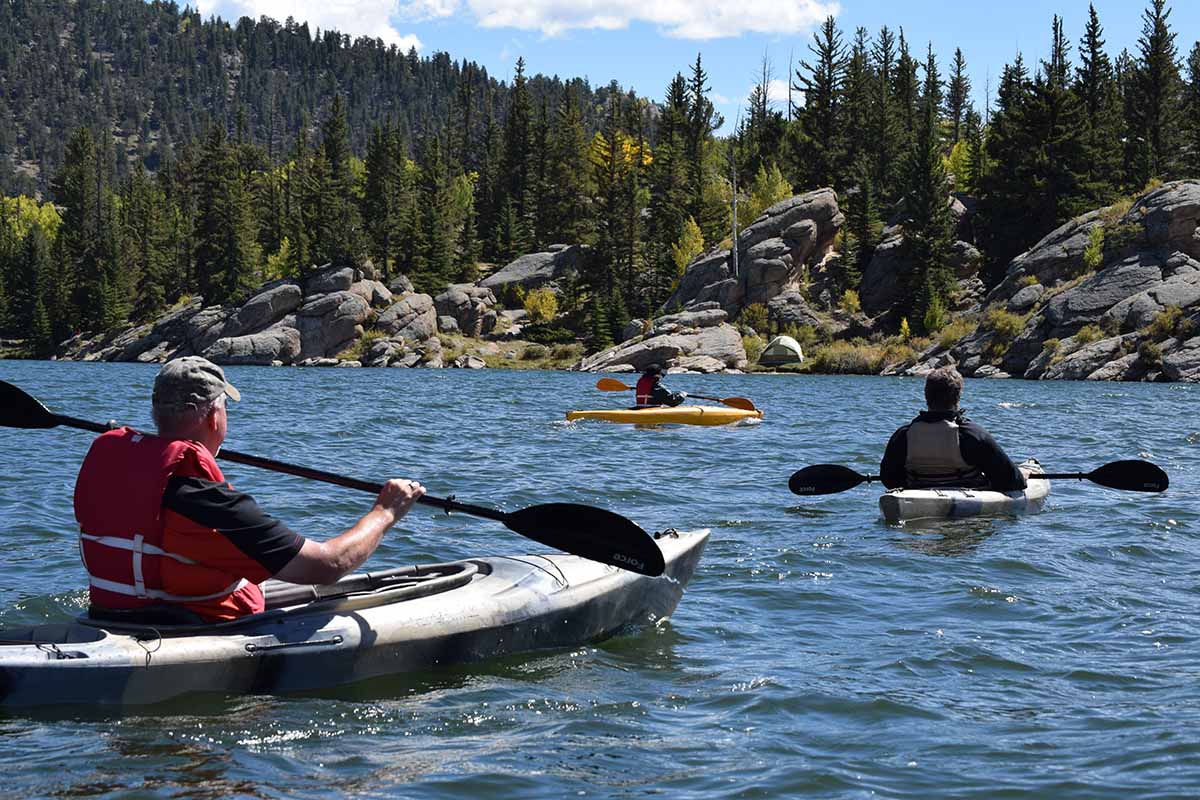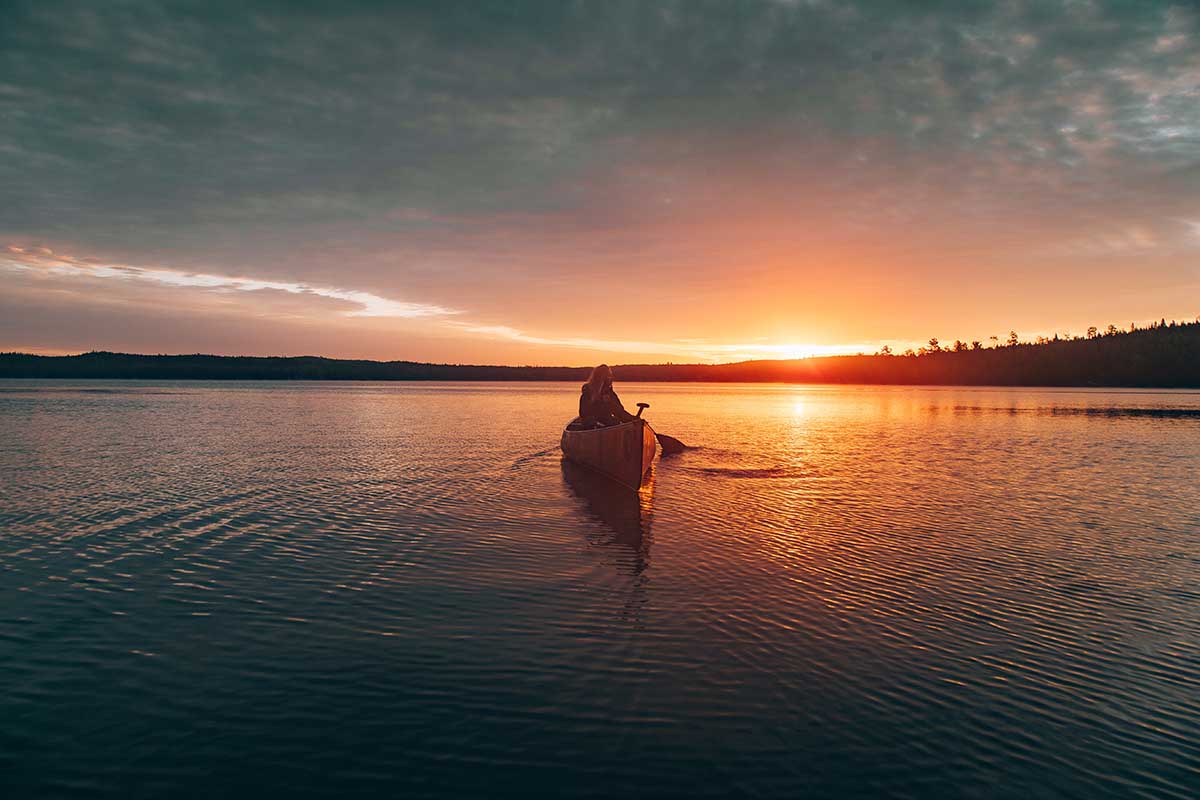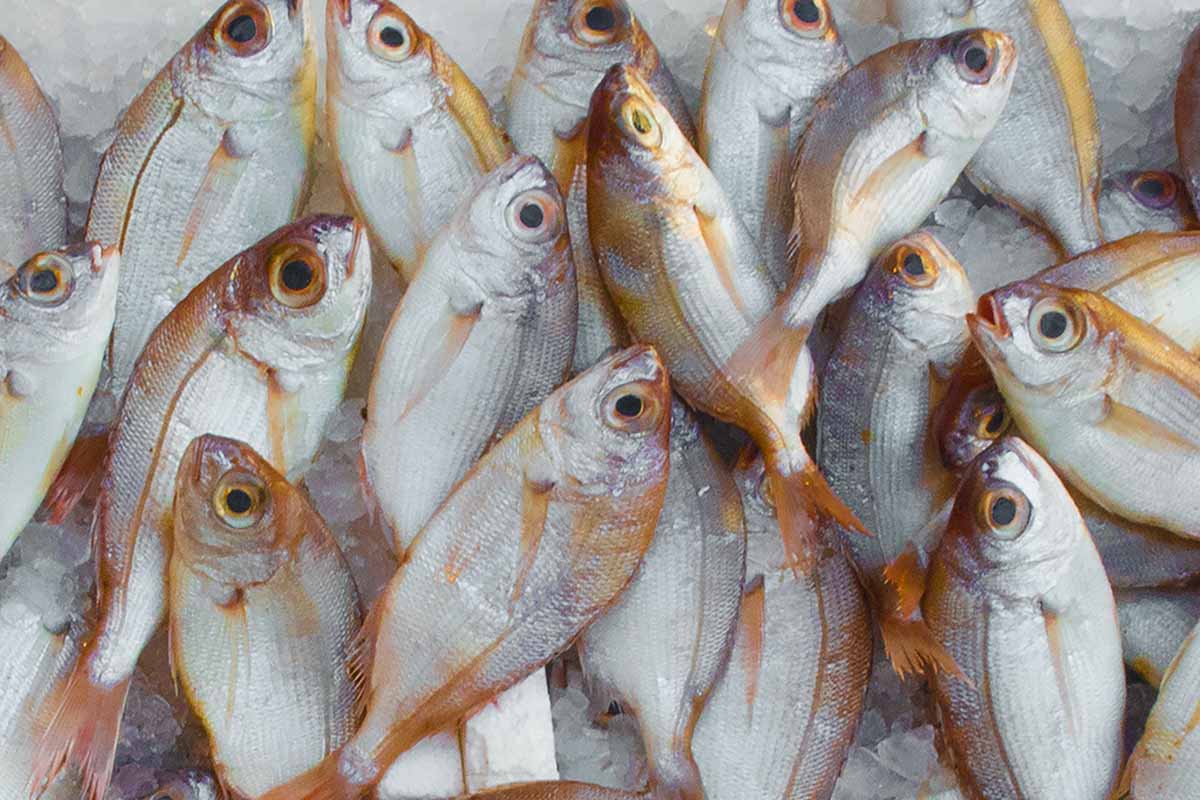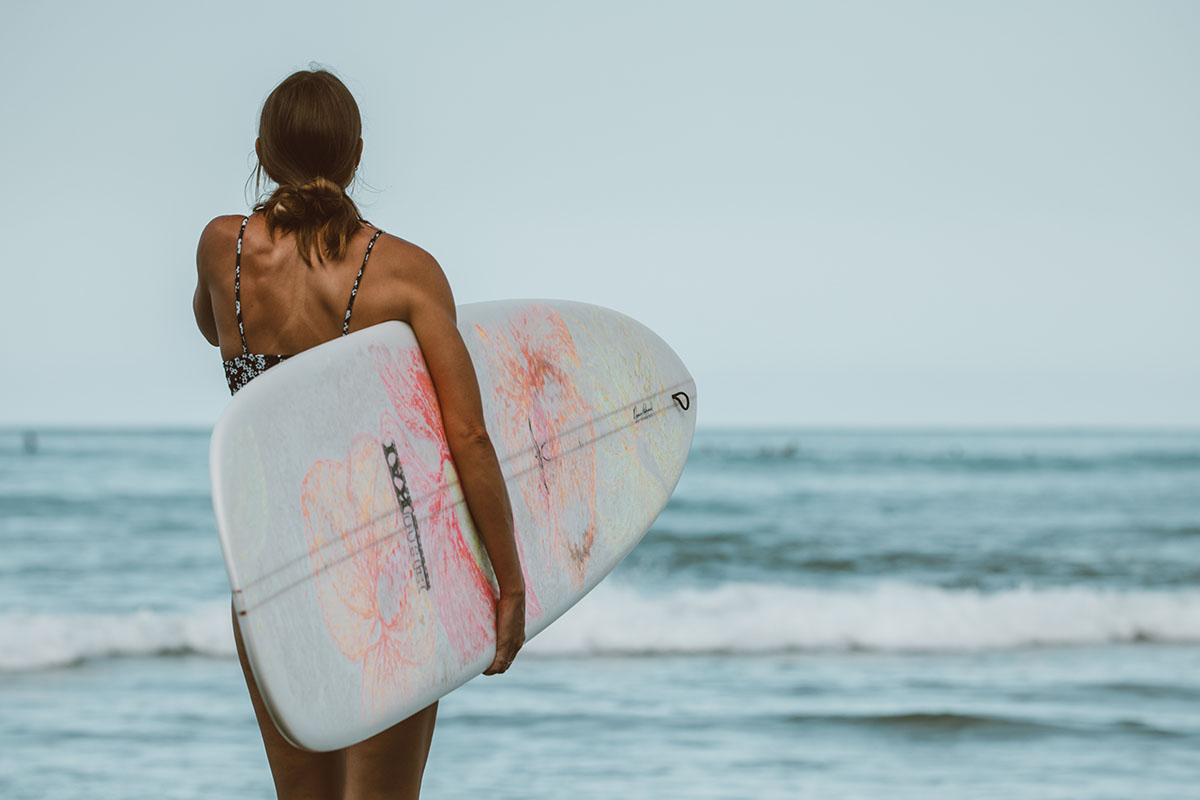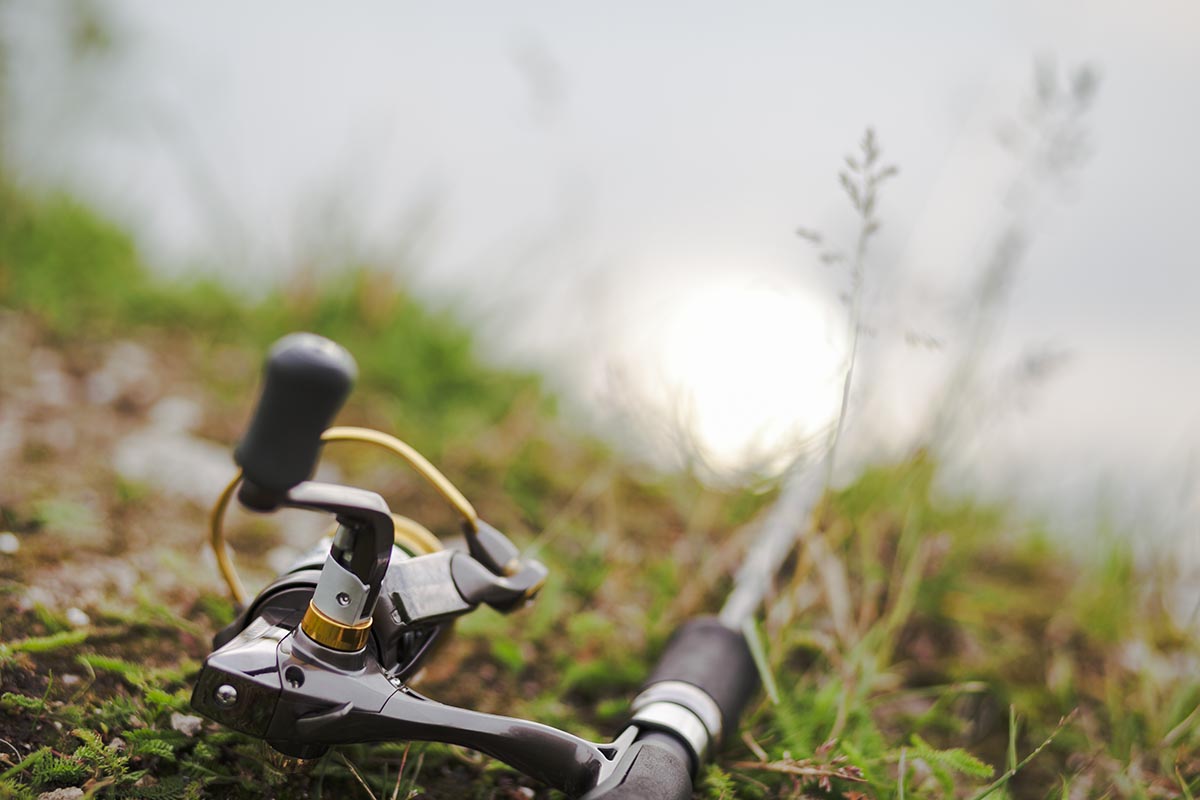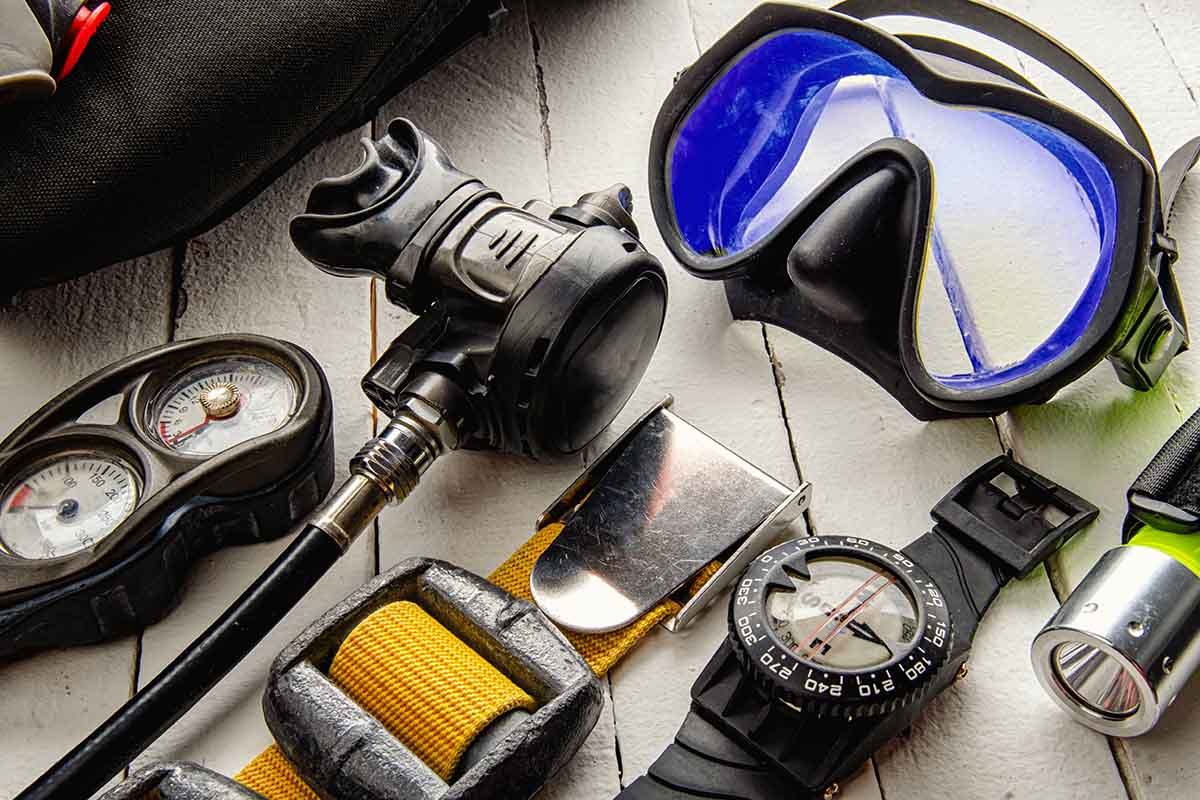Why Kayak Fishing Can Be Dangerous: 5 Reasons
Even though kayak fishing is a hobby that doesn’t pose a big risk of injury, accidents can and do happen. If you don’t want to put your life in danger, you should learn about what could happen. Some risks can be avoided, but others can only be stopped if you act quickly and well.
You’ve decided to go kayak fishing, so here are some things you should know and be ready for.
How dangerous is it to fish from a kayak? Abnormally severe weather
It may seem like common sense to check the weather before embarking on a kayak fishing trip, but kayakers are still reporting weather-related injuries every year. Rain, wind, lightning, thunder, and the sun are all easily exacerbated by the lack of wind resistance offered by a kayak’s hull.
You may be kayak fishing peacefully when the temperature drops, the visibility decreases, or the wind prevents you from keeping your kayak on course; all of these pose a threat to your life.
During the winter months, sudden immersion in water that is dangerously cold can cause cold water shock and, if left untreated, can progress to hyperthermia. Put yourself in a safer position by donning protective clothing, such as a dry suit or a wet suit. Put on warm clothing that fits you well, bring along extra layers, and travel in a group if at all possible.
The summertime is not the superior season. Heatstroke, heat exhaustion, and dehydration are all potential outcomes of prolonged exposure to temperatures that are extremely high. Put on appropriate summer clothing, consume a lot of water, and protect yourself from the sun by donning sunglasses, a hat, and sunscreen.
Note: Move quickly in the event that the weather changes. It is in your best interest to cut your trip short rather than put your life in jeopardy.
Exhaustion of the body
The effort of paddling to a fishing spot and then reeling in large fish can wear you out much faster than you anticipate. The dangers of physical exhaustion are even greater if you are on your own. It’s possible that you won’t have the strength to make it back to the shore, leaving you vulnerable to the dangers posed by the surrounding environment, including the elements and any animals you encounter.
You can avoid disaster by not exceeding your capabilities in any way. To ease into kayak fishing, start out by fishing in waters and along routes that are appropriate for your skill level. To ensure that you do not become dehydrated, it is essential that you remind yourself to drink water at regular intervals by setting a timer. Stopping the trip before you are completely worn out is strongly recommended. Allow yourself enough space to paddle back to your starting point.
Currents, waves, and tides
If there are waves, tides, or currents, your kayak, even a 2 persons fishing kayak, has a high risk of capsizing, and you may find yourself paddling in the wrong direction. If you aren’t eager to avoid them or prepared to put up a fight, your life is in danger as a result of this situation.
Avoid going into areas that are known to have strong currents because of how unpredictable the ocean can be. In that case, you should paddle as a group and take safety precautions such as having a flotation plan and communicating it to others, wearing your personal flotation device (PFD) correctly, and carrying Walkie-Talkies, a flare, and a beacon with you at all times.
Low-head dams
The man-made structures known as low-head dams pose a significant threat to the ecosystems of rivers. They are built with the purpose of controlling the levels of water and regulating the flow of water. The majority of these structures, however, are unmarked, which makes it difficult to find them in time.
If you paddle over it, the destructive hydraulic force will drag your yak underwater, putting your life in danger. If you paddle around it, the force will have no effect. Your kayak fishing PFD might not help you much due to the strong turbulence underneath.
For your own protection, you should always do some research on the rivers you plan to paddle and become familiar with areas that have low heads so that you can steer clear of paddling over them. Never paddle over low-head dams or wears because it is very easy to drown in either of these.
Hazardous obstructions including strainers, sweepers, and undercuts
When kayak fishing, obstacles on the water can be dangerous because you don’t know what lies beneath them. You might be able to make out a branch, but the whole tree is still buried beneath the ground.
It’s possible that you’ll be thrown overboard if you run into one of these hazards while kayak fishing, which puts your life in jeopardy. Avoid on-the-water obstacles at all costs, and don’t underestimate their danger. Self-rescue skills are essential if you’re ever hit by one of these creatures.
Why kayak fishing can be dangerous: summary
When you fish from a kayak, you put yourself in potentially life-threatening situations, and if you aren’t prepared for those situations, you could lose your life. Save yourself if you can, but if that isn’t an option, be aware and prepared to act quickly in the event of a dangerous situation.
Performing capsize drills and training for self-rescue, dressing appropriately, practicing paddle techniques, exercising and staying hydrated before launching your fishing kayak, and organizing your fishing gear in an effective manner are all necessary for a safe trip.
Aside from that, fishing from a kayak is a rewarding and enjoyable activity that is worth your time. Get out on the water, take the necessary safety precautions, and have a good time fishing from your kayak!
